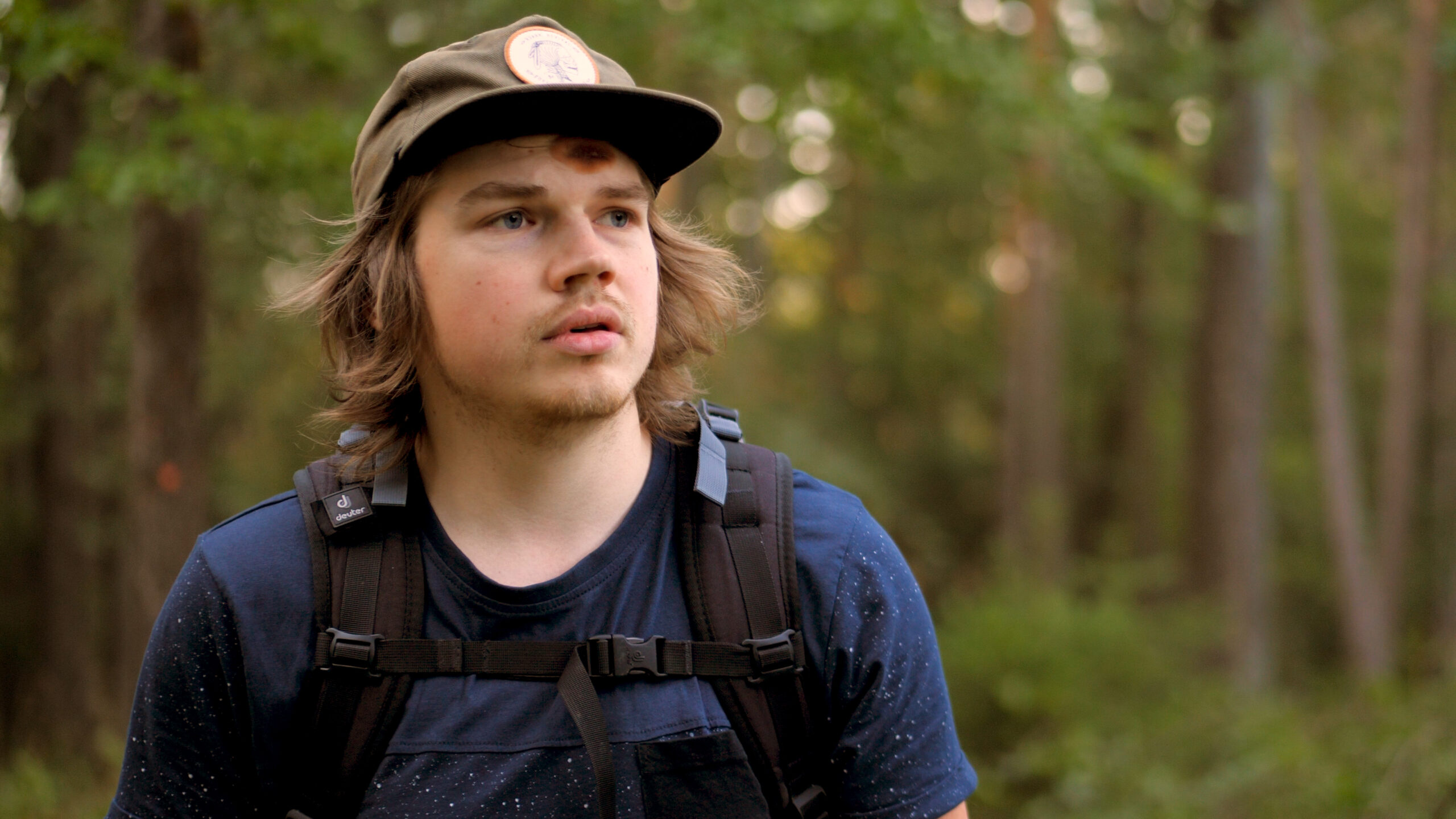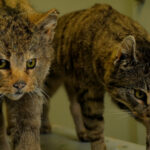Nature filmmaker and ecologist David Cebulla went in search of European wildcats around Jena, Germany, for his 2019/2020 project “The Return of the Wildcat”. For this purpose, he conducted a wildcat monitoring with lure sticks and wildlife cameras. Because the strictly protected species lives very shy and hidden, the project face several challenges.
“I am proud that I could film freeliving wildcats without resorting to game enclosures, and to film these extremely shy animals. And to really be able to film and prove these extremely shy animals.” (David Cebulla)
In addition to the time commitment alongside his studies at the time, the biggest challenge for the filmmaker was the unpredictability of nature: Will the wildcat return or not? The project was limited to one year, partly because of the financing. In the process, there was a longer phase of six months in which David was unable to record any evidence of wildcat activity at all. Until then, his only footage of wildcats was also only recorded with wild cameras. This was a difficult period for the project. Because David wanted to do without enclosure recordings, he decided to also set up cameras at a second location.
Looking back, the best moments for the filmmaker were, firstly, successful train calmera controls. Because successful wildcat recordings and hair on the lure stick were crucial to the project. But just as special were the moments in nature when David was able to see and film wild animals. He wants to convey this enthusiasm with his film and thus contribute to environmental education and the protection of the wildcat:
“This film is a visual appeal for the conservation of nature and species right outside our front door. It was my special interest to show great and stunning captures of nature. At the same time I evolved as a filmmaker.” (David Cebulla)




